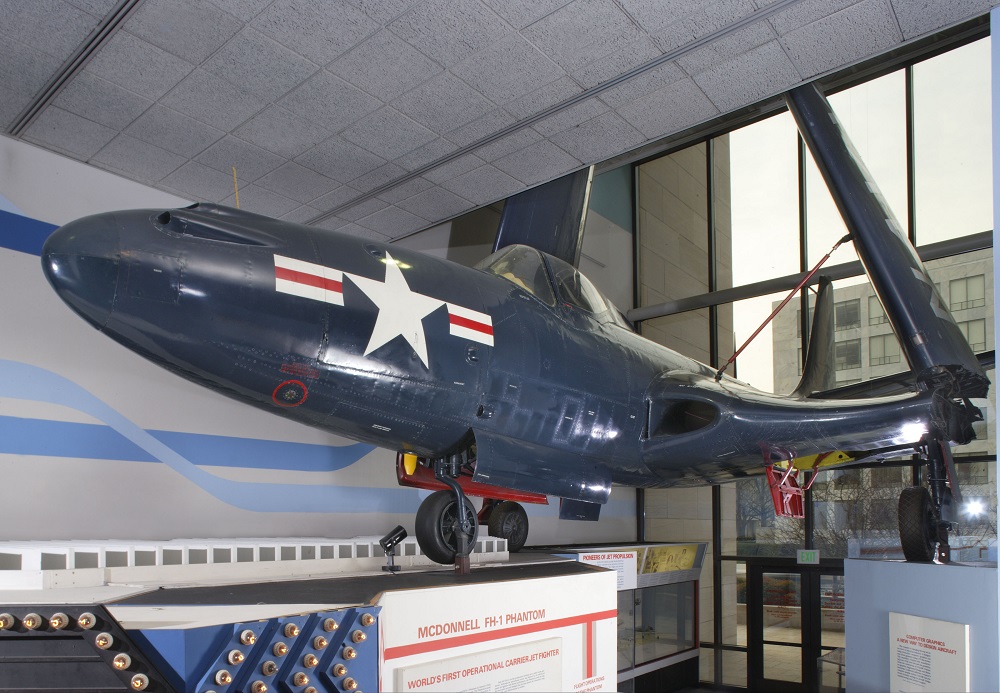By Jennifer Albers-Smith
This Friday marks the 70th anniversary of Victory in Europe (VE) day.
My grandpa was hardly more than a boy when his brother (my great-uncle) was shipped off to fight in WWII. He enlisted in the navy and served as a fireman aboard the U.S.S. St. Lo. On October 25, 1944, his ship was hit by a Kamikaze, and he went down with the ship.
I recently asked my grandpa if he still remembered his brother all these years later, and he started to cry. He says it’s like no time has passed at all. He still remembers the telegram sent to his parents letting them know their son had been declared missing in action. He remembers the telegram that arrived a couple months later to officially declare his death, and the letter from one of his shipmates remembering the great man my great-uncle was.
My other great-uncle happened to keep the telegrams and letters, and he even allowed me to look through them last year while I worked toward building a memory book for my grandpa. The entire time I sat there reflecting on how these unassuming, little pieces of paper crushed peoples’ lives, their hopes and dreams, taking away everything they knew about their world. As a mother myself, I couldn’t imagine how receiving something such a telegram might feel, and my heart ached for my great-grandmother who I never met.
Having witnessed my grandfather cry over his brother some 70 years later made my heart ache even more.
Kamikazes and naval ships have fascinated me for years. I’ve done quite a bit of research on both. According to an article I recently pulled from Air & Space and Smithsonian Magazine Archive, by the end of the war, Kamikaze attacks accounted for seven percent of all Navy crew causalities in the Pacific.
And the ship my uncle was on – the St. Lo – was considered unlucky because she had been renamed twice. And because my great-uncle was a fireman, he was probably at the bottom of the ship and couldn’t make his way out or would have been fighting the fires set by the kamikazes.
It’s true, WWII can’t be studied or researched without acknowledging or understanding the role aviation played. Gale has partnered with the Smithsonian to bring a new collection to libraries next month: Smithsonian Collections Online: Evolution of Flight, 1784-1991. This collection brings new light to the impact that flight and aviation had on the lives of women and men during times of both war and peace.
To honor all of the WWII veterans, a large air show will occur over the National Mall followed by a full day of events at the Steven F. Udvar-Hazy Center at the National Air & Space Museum. If you’re in Washington, D.C., check it out. It sounds amazing.
If not, you’ll get a chance this June with Evolution of Flight, 1784-1991 to bring primary source documents straight into the hands of your faculty and students teaching and taking classes on WWII, and see firsthand the impact aviation has made on society and the world.
It’s indisputable that very few of us go through life without aviation impacting us in some important way. Here’s a little preview of what’s to come in this collection.
[alert-info]
 About the Author
About the Author
Jennifer loves her children, dogs, and Jane Austen. She has a B.A. in English and Sociology from the University of Michigan, and spends her waking hours as a marketing director and feeding her family.
[/alert-info]


